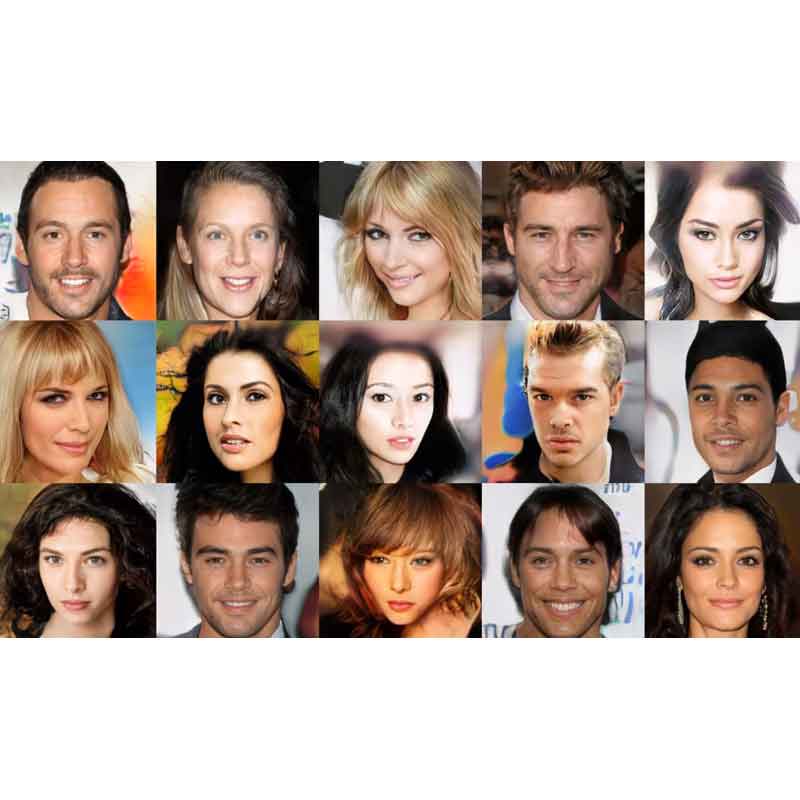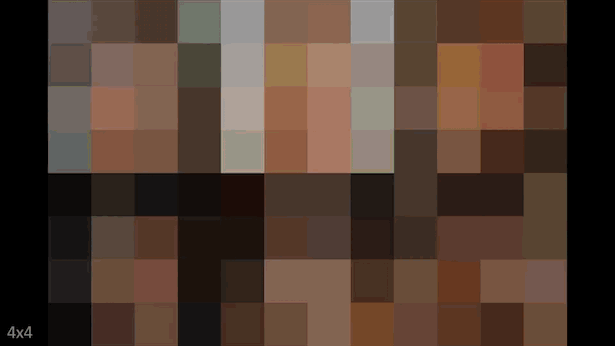
Artificial intelligence (AI) is rapidly evolving. From industries like voice-enabled personal assistants to cybersecurity, manufacturing and more, AI bringing an ever bigger demand to any that can benefit from it
Machines using AI can understand and learn from humans the longer they interact with them.
For example AI can "see" and recognize faces and also pets. They can dream, plays Go and defeated a human champion. It can also kill others in the Doom game, automatically catalag pornstars, enhance low-resolution pictures, create masterpiece arts, turn flat pictures into 3D images, code better than humans, changing our perception on "AI" in games, and even made a robot to have its own citizenship.
Along the things that AI has surprised us, came from California-based AI chipmaker Nvidia.
The company has developed an AI that produces highly detailed images of human faces. Not that the results are just great and detailed, but the people's faces that it created, don't actually exist.
In just 20 days period, the AI goes from producing nothing more than a few changes in pixel colors to producing fake faces that could really fool people.

It started back in 2014 when an image generator could turn a doodle of a face into a more realistic looking image. It was a dual neural network introduced by Ian Goodfellow, a researcher who worked at OpenAI and Google Brain.
The system used an algorithm called Generative Adversarial Network (GAN) for its AI-created faces.
With that same technology, Nvidia developed a system to create far most realistic-looking images of people.
Artificial neural networks are systems developed to mimic the activity of neurons in the human brain. In Nvidia's GAN, two neural networks are pitted against one another, unsupervised, with a goal to create fake faces.
The first AI inside the network acts as a generative algorithm. It is given a huge dataset of people's faces and generates attempts at random faces.
The second neural network is the discriminative network. This one is to decide whether or not the generated images from the generative network are anything close to resembling people's faces.
Success is achieved when the generative network is able to fool the discriminative network into thinking that it has created a real human face.
The discriminative network is trained to pick out real faces based on huge datasets, which in this case are tons of real celebrity faces, while the generative network is seeded with a few faces, but then told to start generating more fake ones until it can produce some that the discriminator accepts as real.
The system is an example of how AI is blurring the line between the "real" and the fabricated.
Read: Paving The Roads To Artificial Intelligence: It's Either Us, Or Them
